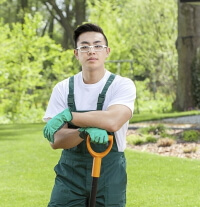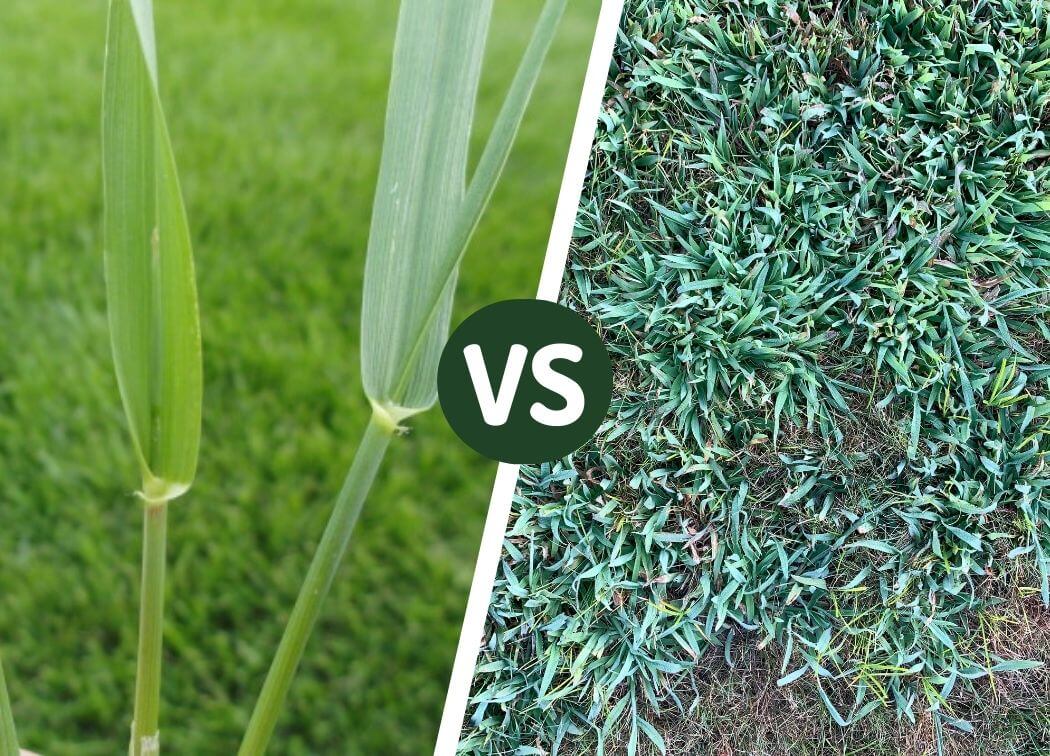Both crabgrass and quackgrass are grassy weeds that look so much alike, and we want to get rid of them, but that’s where the similarities end. At one glance, quackgrass and crabgrass look similar because of their leaves.
But Crabgrass and Quackgrass are two entirely different plants requiring varying solutions: you have to mow them differently, apply different chemicals and generally use different techniques if you manually want to kill them
It matters that you know the differences to prevent unnecessarily applying the wrong chemicals and killing off the healthy grass. Plus, doing it right saves you a lot of time and energy
So, let’s get into this quackgrass vs. crabgrass guide!
Quackgrass and Crabgrass Similarities
Let’s first list down some of their similarities to get it out of the way.
- Both grass weeds have thick leaves that are coarse in texture.
- Both grow in lawns with common grasses like St. Augustine, Kentucky bluegrass, Tall Fescue, and Bermuda grass.
- Similarly, they are tall weed plants.
Quackgrass and Crabgrass Differences
Quackgrass
- Cool-season perennial grass
- It has deep roots with rhizomes down the soil. The food stored here makes them thrive during winter once the growing season comes.
- Appearance: hairless leaves and stems, finger-like auricles, taller than crabgrass.
- Solutions: Mow the lawn low, apply non-selective chemicals, destroy/eradicate the roots, and cover or shading (mulching).
Crabgrass
- Warm-season annual grass; seed germination thrives during summer or post-spring
- Shallow roots from the soil
- Appearance: light green, leaves grow individually from the stem, shorter than quackgrass, appearances vary due to different crabgrass types
- Solutions: healthier lawns, mow lawn taller, apply herbicides and crabgrass killers, manual uprooting or plucking
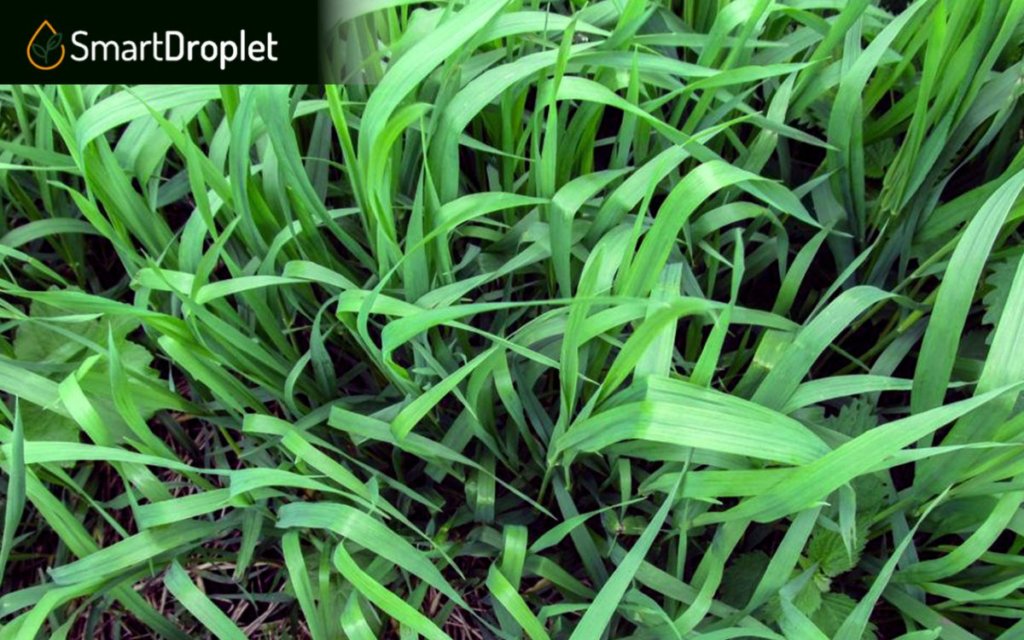
Identifying Quackgrass Weeds
Quackgrass is a cool-season perennial weed known with different names, such as Elymus repens, Agropyron repens, or couchgrass.
It looks like crabgrass and ryegrass appearance-wise because of its long blades.
But there are key differences that will help you correctly identify that it’s quackgrass:
- It grows during the cool season (perennial grass weed).
- Presence of finger-like projections (auricles) attached to the stem.
- Hairless seedling leaves and stems.
- It has a deep root system; it starts deep into the ground.
- The deep roots have rhizomes.
- Grass blades are tall; they can reach up to 3 feet tall.
Quackgrass aims to overtake the native crops, plants, and lawn grass in the land. They grow fast and come back yearly.
One cause of uncontrollable spread is tilling your land the wrong way. You may accidentally cut the rhizomes, and the remains will start growing and spreading if you’re not careful.
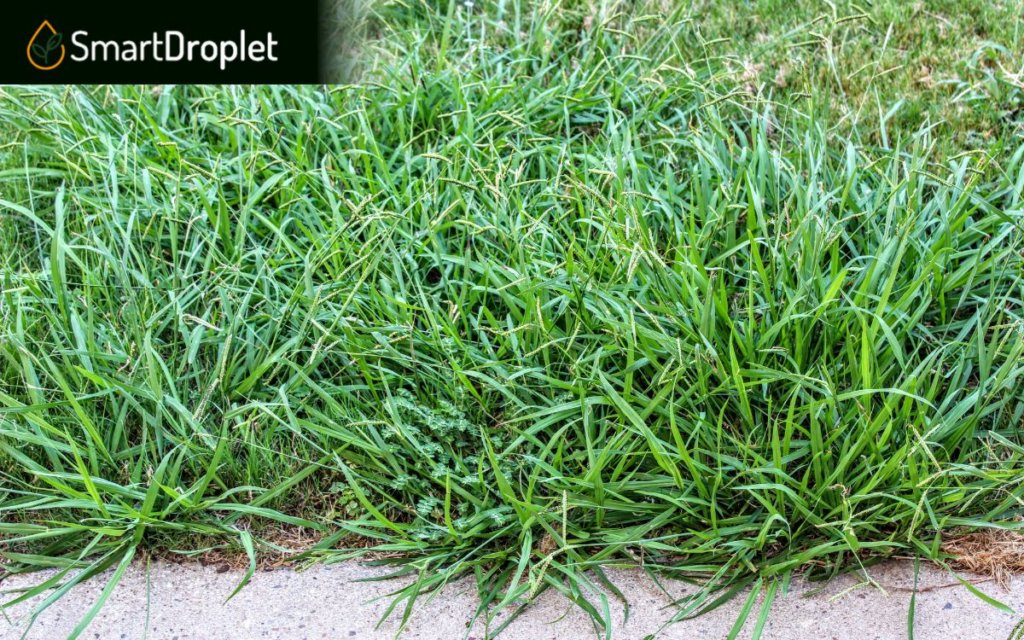
Identifying Crabgrass Weeds
This light green annual grass is one of the most dreaded lawn weed types due to its fast-paced invasion. Crabgrass thrives every warm seasonwithout fail.
There are different crabgrass types. Unlike quackgrass, the appearances of each kind may differ.
Here are some ways to identify crabgrass:
- It grows during the warm season.
- Generally hair stems (but it varies).
- The crabgrass roots are not as deep and long as quackgrass. The root system is shallow in the ground.
- The crabgrass leaves are separate from the stem.
The crabgrass plant is a little confusing to identify because it blends well with the other parts of the lawn. It quickly spreads to bare spots without you noticing.
Quackgrass vs. Crabgrass Control and Lawn Care
These two grass weeds require different approaches, which is why we suggest identifying correctly first. Else, you’ll be wasting your time and harming other plants in the process.
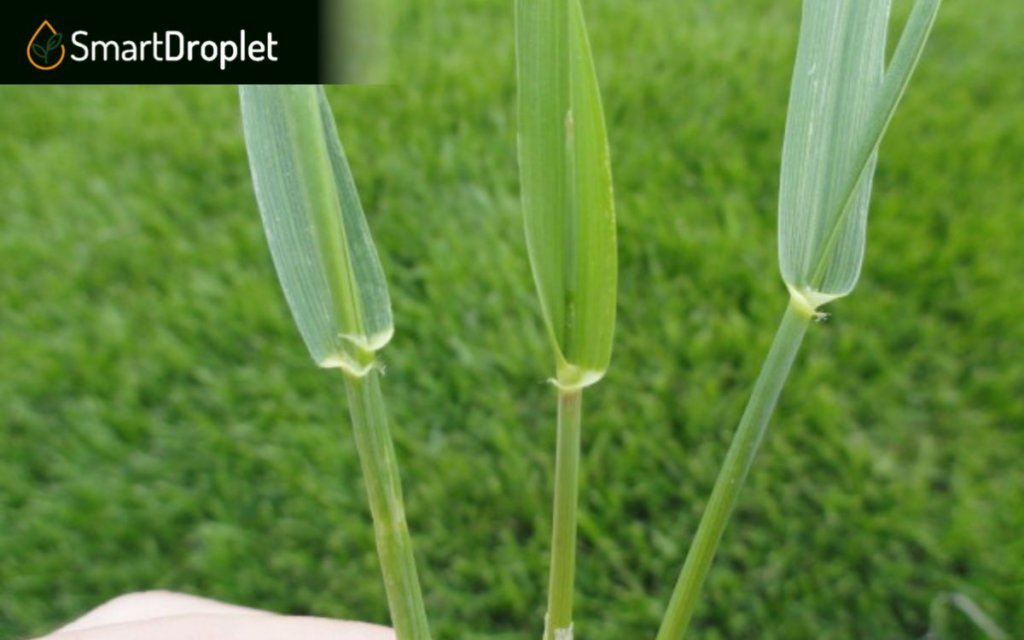
Controlling Quackgrass
Like tall fescue, bluegrass, and other cool-season grasses, quackgrass won’t be easy to eradicate.
First, let’s understand the factors that contribute to the rapid growth of this perennial grass weed.
One leading cause is the deep roots. Since they’re underground and often hard to reach, the roots grow more robust under the soil and during winter without you knowing.
Once it’s time to spread, it gets out of control.
Their roots also store most of the food supply. If you don’t get rid of the source deep down, the quackgrass will continue to spread and grow.
Now that we understand more about this lawn weed, here are some ways to remove quackgrass.
Mowing the Lawn Low
Mow your lawn at about 3 inches. While this isn’t a quick fix, repeat mowing routines as lawn care will eliminate quackgrass growth over time.
This weed type thrives in tall grass lawns related to the deep roots since it’s the perfect environment for their height. Keeping it low will be of great help.
Applying Herbicide
Use a non-selective herbicide when killing quackgrass. Since there is no specific chemical treatment for this weedy grass, the option is limited.
But be wary that non-selective herbicides don’t only kill your target grass. They will affect all plants it comes in contact with, including the desirable grasses.
Some people avoid this solution unless the situation has gotten severe.
Again, this is why we encourage you to identify correctly to avoid serious drawbacks on the other plants in your lawns.
Hand-Pulling
If the situation is not as bad, you can still opt for mechanical control, which means manually pulling and plucking out as much quackgrass weed as you can.
You can also try mowing and cultivating the grass. However, it won’t be as practical if your expansive lawn is already fully grown.
Covering or Shading
Plants don’t grow under the shade, and the quackgrass is not an exception. You can try layering 2-3 inches of mulch to cover them and stop the sprouting.
But understand that this solution can only do so much. As we’ve discussed, quackgrass roots grow deep under the soil. Top covering won’t stop the growth underground; it only slows down the process.
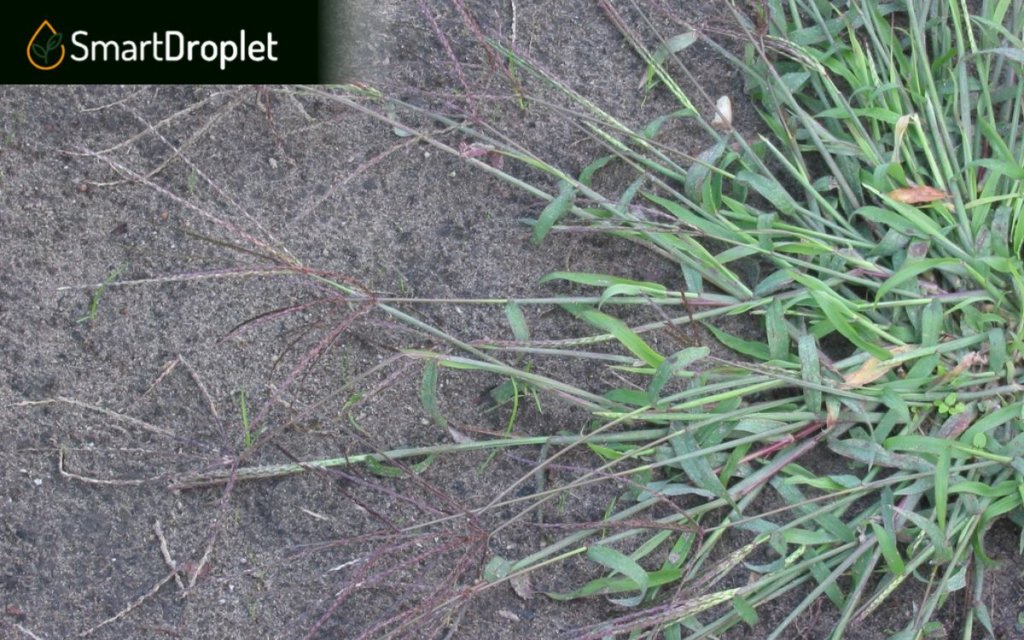
Controlling Crabgrass
Crabgrass is more pesky and common; hence tips are everywhere! From chemical control to practical solutions, there are a lot of sources that can help.
Make Your Lawns Healthier
Crabgrass and crabgrass seeds grow best in an unfertilized lawn. When there are lots of bare spots, this grass weed thrives!
Make your lawn grass and soil healthy and dense with quality fertilizers. Practice lawn care as much as possible, especially during early spring, to prevent the seeds from germinating.
Crabgrass seeds grow in higher temperatures, around 55°F, for example. In summer, expect the seed and roots to thrive the best.
Mow Your Lawn Tall
If quackgrass requires a lower lawn, it’s the opposite when dealing with crabgrass. We want taller lawns to crowd out the crabgrass with more shade.
You can hit a sweet spot by maintaining approximately 2.5 to 3 inches. This way, it’s the perfect height to control both quackgrass and crabgrass.
Apply Herbicide on Crabgrass
Luckily, there are various crabgrass killers, pre-emergent and post-emergent herbicides out in the market. It makes it easier to get rid of and control crabgrass.
What’s even better is that it only targets crabgrass specifically, unlike a non-selective herbicide. You can keep your other desirable lawn grasses and grass seed as you go.
A pre-emergent is best for prior control. Before the season comes, apply this to prevent the seeds from germinating. If you’re looking for an organic option, try using corn gluten.
Meanwhile, the post-emergent attacks the weed after the seed has already germinated. It’s also good aftercare. People usually use both in cycles.
Crabgrass herbicides are more practical, especially if you have a big lawn.
Manual Crabgrass Uprooting
Some people want to avoid chemical applications on the soil and other seed as much as possible, which is understandable. It is especially applicable when you’re mainly growing food crops.
If your lawn is small, manually plucking out the crabgrass will solve the problem. It’s easier to do this during the summer when the crabgrass has already sprouted.
Make sure that you pull out until the roots. Or else, the crabgrass will only continue to grow. Proper disposal is likewise essential to prevent further seed germination.
Conclusion
Don’t worry too much if you spot either crabgrass or quackgrass on your lawn. Weeds on lawns are expected occurrences, and there are proper solutions for them.
It’s more important that you catch them before it’s too late and becomes uncontrollable. Good luck!
Frequently Asked Questions (FAQs)
We’ve covered the necessary details in the sections above. But we’ll address some more FAQs about the topic here.
-
Can You Choke Out Quackgrass?
If you don’t know what “choking out” means, it’s exactly how it sounds. It’s like driving the weeds away or fully getting rid of them.
You can’t entirely eradicate quackgrass, especially if it’s still young and sprouting. But choke out solutions like consistent irrigations and mowings can slowly stop and prevent future growth.
-
How Deep Do Quackgrass Roots Go?
The rhizomes grow approximately 6-8 inches below the ground. They can even grow on hard soil, which is why they’re stubborn to eliminate.
-
Do Frequent Lawn Mows Cause Crabgrass?
No. You mow your lawn for maintenance; it’s neither a cause nor a solution. One reason it seems to trigger crabgrass growth must be because you don’t clean your mower.
When you mow an infected area, clean it before using it in another. If not careful, you’re practically spreading the seeds everywhere.

